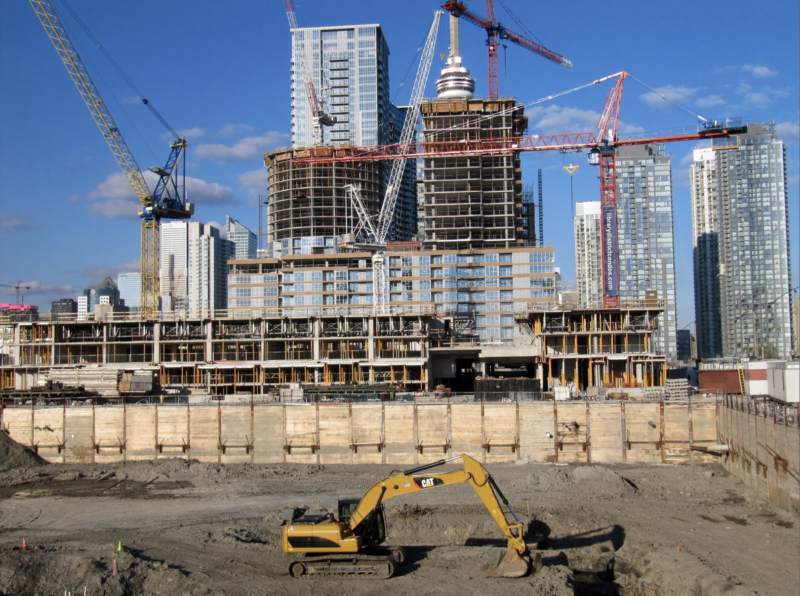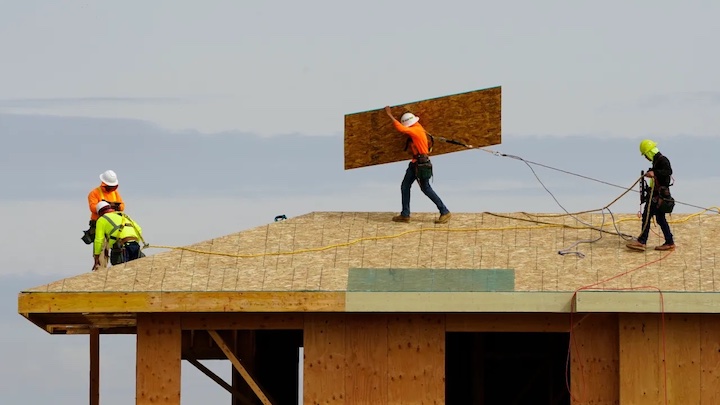Overview
CNCA works with cities to foster ambitious policies that reduce embodied emissions across the entire life-cycle of buildings. CNCA empowers cities to embrace these changes and chart the way to a
more sustainable, just and equitable future.
Our Approach
CNCA is working with members and non-member cities to foster widespread adoption of ambitious local, national and regional policies that are required to decarbonize their built environment and mitigate further climate breakdown.
Programming includes:
- Policy development: CNCA equips cities in shifting their regulatory frameworks and advancing the tools, methods and processes required for rapid and successful project implementation. The aim is to send clear market signals that promote low-carbon business models in the built environment, provide new workforce opportunities, and clarify the regenerative and circular value streams that mitigate climate change and ensure that cities are actively reducing inequities through climate action.
- Peer-to-peer learning: CNCA facilitates knowledge-sharing and exchange to help cities harness already-existing ambition, efforts and expertise to advance large-scale projects and policy development.
- Communication and engagement: CNCA believes in the power of collaboration and sharing to inspire and catalyze change. CNCA gathers, storytells and disseminates insights, experiences, learnings and best practices that can guide and inspire cities towards decarbonizing their built environment.
- Multi-level and multi-stakeholder policy influence: Moving the needle on emissions from building materials in Europe will require action at multiple levels and alliances with multiple stakeholders. CNCA develops and/or strengthens dialogue and partnerships with national, supra-national governments and construction stakeholders to inform policy, raise awareness on the role cities play in decarbonizing their built environment, and accelerate the regulatory shifts for cities to move faster and further. CNCA also supports meaningful community involvement to ensure the needs of community members – especially those traditionally underserved – are centered.
Embodied Carbon City Policy Framework
The emissions released from materials during the construction of buildings and infrastructure—will be responsible for half of the carbon footprint of new structures between now and 2050. It is a substantial source of carbon emissions in cities that can be dramatically reduced through the legal and regulatory powers of zoning and land use policies. Some leading cities around the world have already begun to adopt and apply these policies, but for climate goals to be met, global implementation needs to be accelerated. Over 50 existing policies from leading cities have been evaluated, categorized, and scored according to their potential, cost efficiency, ease of implementation, and enforceability. For more information, Access the Framework.
Handbook for Carbon Neutral Buildings
CNCA & Arup offer cities a practicable guide to purchasing bio-based and low-carbon materials. Building on the Embodied Carbon City Policy Framework, the Handbook will be designed as an interactive tool that urban policymakers and planners can tailor to specific building projects, including step-by-step guidance on how to reduce embodied carbon and implement circular economy principles. Learn more.





